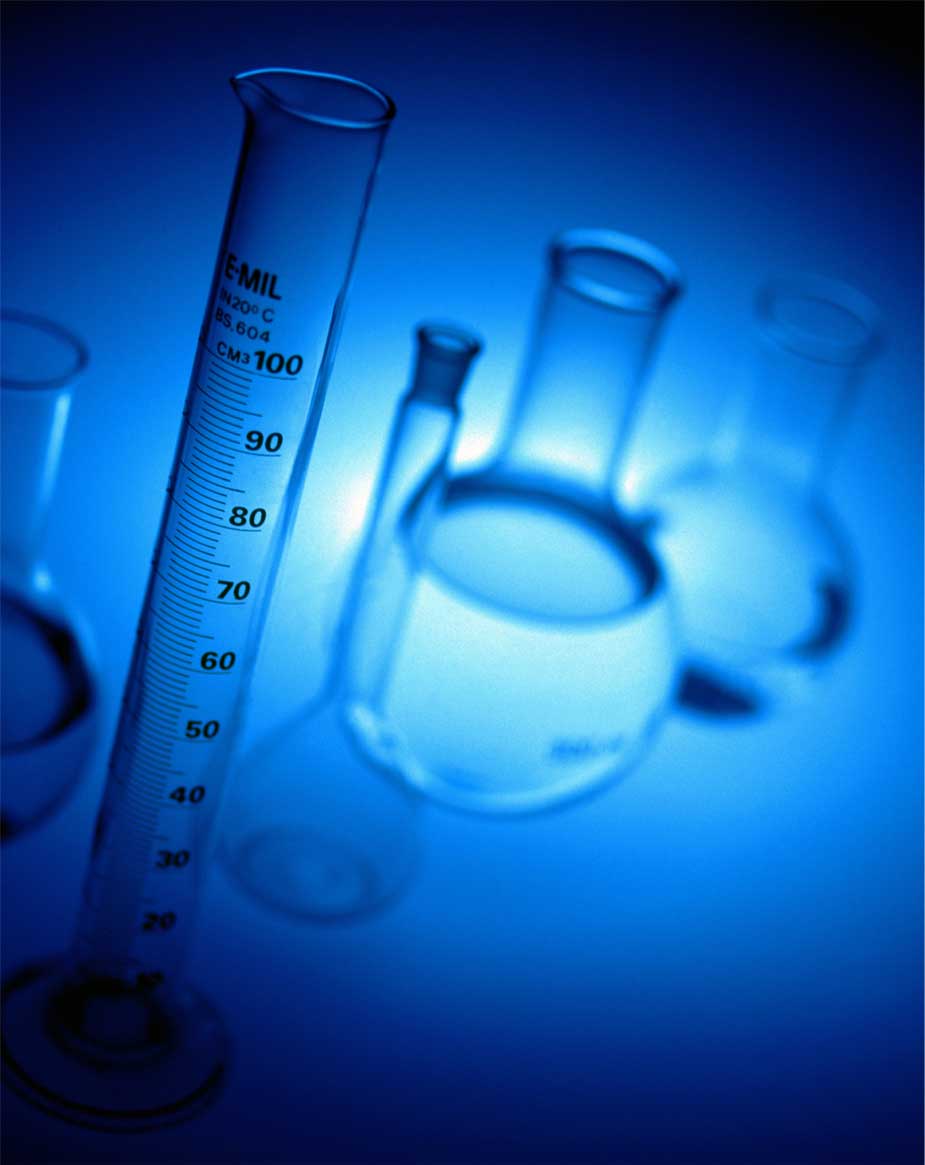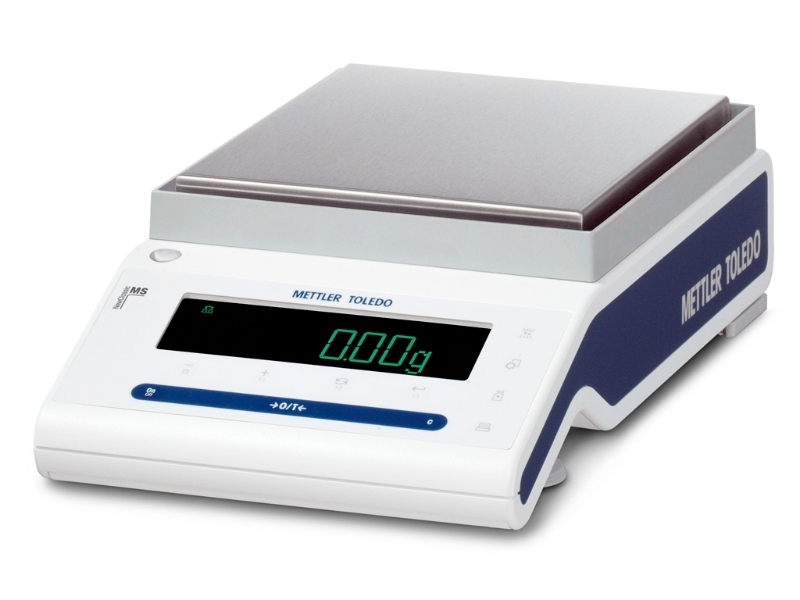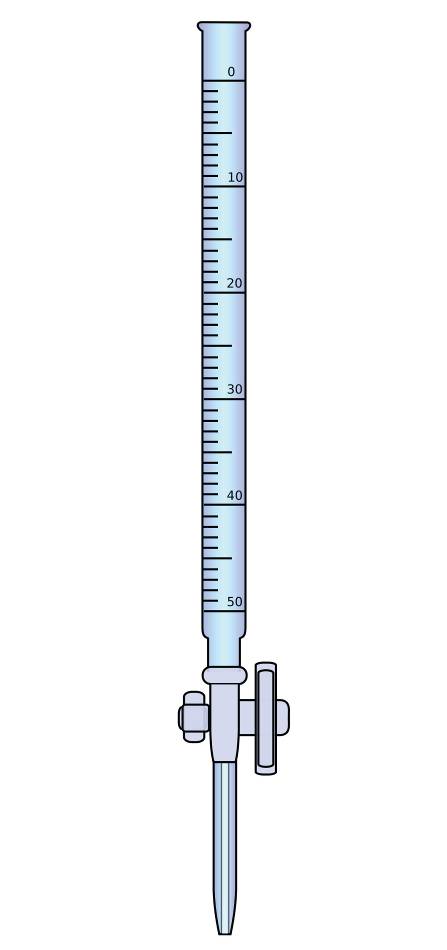
- •Lesson (1) Chemistry and measurement
- •1St opening
- •2Nd opening
- •Lesson (2) Nanotechnology and Chemistry
- •In Agriculture
- •In medicine
- •In the field of energy
- •In industry
- •Lesson (1) Mole and chemical equation
- •Ionic reactions
- •Some laws on gases and moles
- •Lesson (2) The calculation of chemical reactions
- •Actual and theoretical yields
- •100 X Practical yield
- •Lesson (1) solutions and colloids
- •Some important concepts
- •Some examples on colloidal systems
- •Lesson (2) Acids and Bases
- •PH indicator colour chart
- •Remember
![]()
Lesson (1) Chemistry and measurement

When we look around ourselves, we see the vast complicated world God had created for us . Since human was created, he has been trying to work out the secrets of universe and create methods to control it. So many scholars, scientists and philosophers did their best to know what universe is all about. These laborious efforts resulted in the formation of facts, principles, concepts, laws and theories which describe knowledge. These things are included in a system called "science"
_______________________________________________________________
Science: The systematic building which organizes knowledge in the form of facts, principles, concepts, scientific theories and an organized way of search.
Each branch of science is concerned with the study of certain phenomena, one of these branches is "Chemistry"
Chemistry: The science that studies the structure and properties of matter , changes that occur to it, reaction of substances with each other and the suitable conditions for it.
Chemistry is one of the oldest physical sciences ancient civilizations had used in all fields of life (Medicine, pharmacy, glass industry, clothes dyeing…etc). Ancient Egyptians used it in Mummification process.
![]()
1- The study of the atomic and molecular structures of substances and how they bond.
2- The description of the chemical properties of substances.
3- The discovery of how substances perform their roles.
4- Chemical reactions by which reactants change into products.
5- The discovery of methods to control the conditions of the reaction; in order to create new products that serve medicine, pharmacy, industry and agriculture.
6- Solving some environmental problems (water pollution, soil pollution, air pollution, lack of water and energy resources…etc)
![]()
Chemistry plays an important role in other sciences
Chemistry and Biology:-
Biology: The science that studies living organisms
Chemistry helps in understanding the chemical reactions occurring within living organisms
Biochemistry: The science that studies the chemical structure of of cells of different living organisms. Lipids, carbohydrates, nucleic acids and proteins are the major substances forming living organisms
Chemistry and Physics
Physics: The science that studies nature, matter, energy and forces.
Chemistry helps in creating new accurate measurement methods.
Physical Chemistry: The science that studies the structure of substances, their properties and the particles forming them.
Chemistry, Medicine and Pharmacy
Chemistry helps in the industry of medicines and understanding how hormones and enzymes work inside human body. Medicines are used to treat any disorders in them. Chemists prepare these medicines using natural substances.
Chemistry and Agriculture
Chemistry helps in:-
1- Choosing suitable soil for planting certain crops by means of "chemical analysis" which determines the ratios of soil components to know if they can satisfy the plant's needs
2- Determination of suitable fertilizers for soil to increase its production.
3- The industry of insecticides and pesticides.
Chemistry and the future
Chemistry help us discover and create new useful extraordinary substances (by means of nanotechnology) in all fields of life (Medicine, Communications, Engineering…etc)
Branches of chemistry
1- Physical chemistry
2- Biochemistry
3- Organic chemistry
4- Thermodynamic chemistry
5- Nuclear chemistry
6- Electrochemistry
7- Environmental chemistry
8- Analytical chemistry

The nature of measurement
The scientific and industrial development these days are due to the right and accurate use of measurement principles
Measurement: Comparing an unknown quantity to another one of the same kind to know its size, degree or amount
Measurement process should have 3 main points:-
1- Numerical value: By which we describe the measured quantity
2- Suitable measuring unit: A magnitude of a certain physical quantity approved by a law and used as a standard to measure the actual magnitude of this physical quantity.
3- Certain error ratio: due to an error in the used device, its use conditions, or an error caused by the user.
The importance of measurement
1- Used to know the kind and concentration of the substances we use.
2- It's essential for protection and control.
3- The evaluation of situations and proposing solutions for expected errors.
Measurement system and its units
After the industrial development during the industrial revolution (in Europe), the traditional measuring units became insufficient for measurement; which highlighted the need of unifying measurement system internationally
Old measurement systems: the French system, then the English system, and finally the international system of measuring units (IS)(used till now)
Some measuring units:-
-
Symbol
Unit
Measured quantity
m
Meter
Length or distance
kg
Kilogram
Mass
s
Second
Time
K
Kelvin
Temperature
A
Ampere
Intensity
Mol.
Mole
Quantity of matter
Cd
Candela
Luminosity
Coul.
Coulomb
Quantity of electricity
Some units were derived form these mentioned units such as:-
*Joule (J) kg.m2.S-2 : used for measuring the amount of heat, work and energy
* Degree Celsius (°C) : used for measuring temperature ( 0 C = 273 Kelvin)
![]()
Requirements of a chemical laboratory
1- Suitable security precautions
2- Water and heat sources
3- Places for keeping chemical substances, tools and devices
Examples of some chemical tools
The sensitive balance:-
Importance: Measurement of the masses of substances
Most common types: Digital balances
Most used types: Top loading balances

Fig. (1) Sensitive balance
Burette
Description: A long glass tube with two openings, the 1st opening is for filling the burette with the solution, while the 2nd one is fastened by a valve to control the amount of solution taken form the burette. Burette is fixed on a metallic base to keep it perpendicular. Zero point of graduation is on the top of it
Importance: used in experiments that require high accuracy, such as adding small amounts of liquid during "titration process"
Titration Process (for reading only): determination of the concentration of an identified analyte (component)

